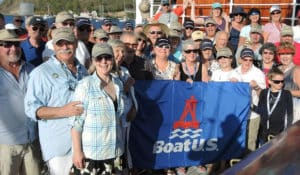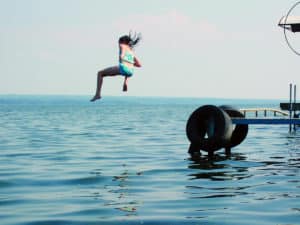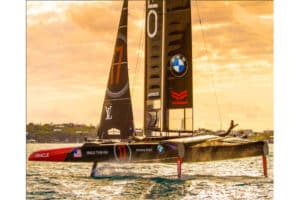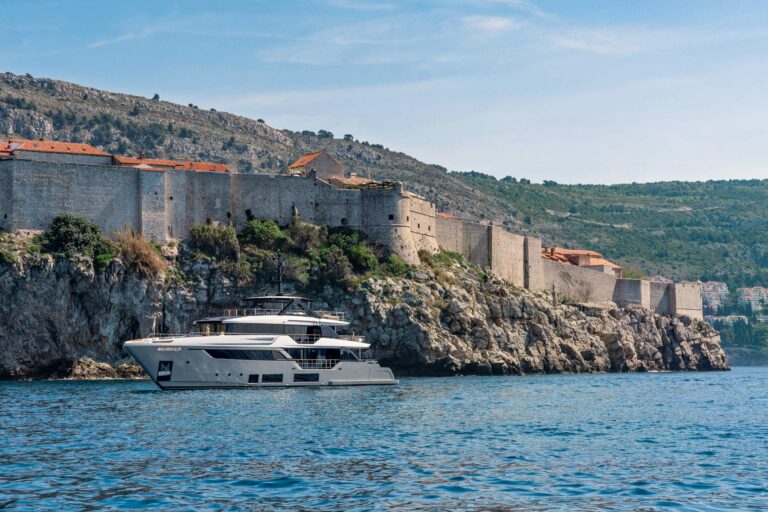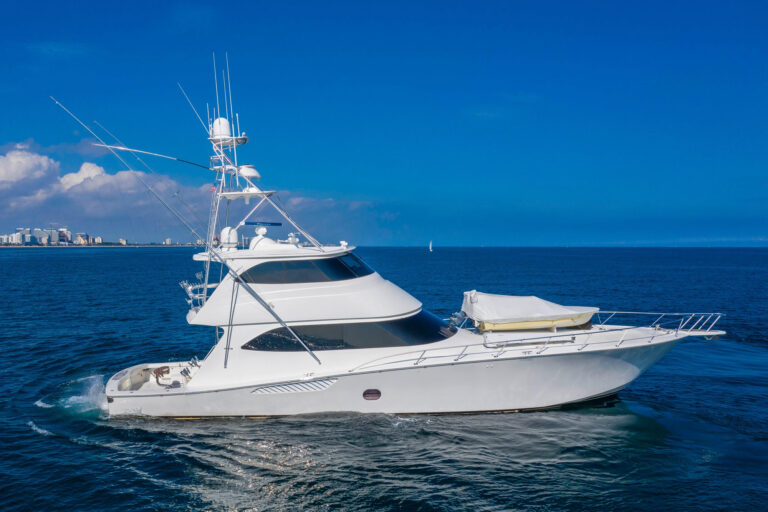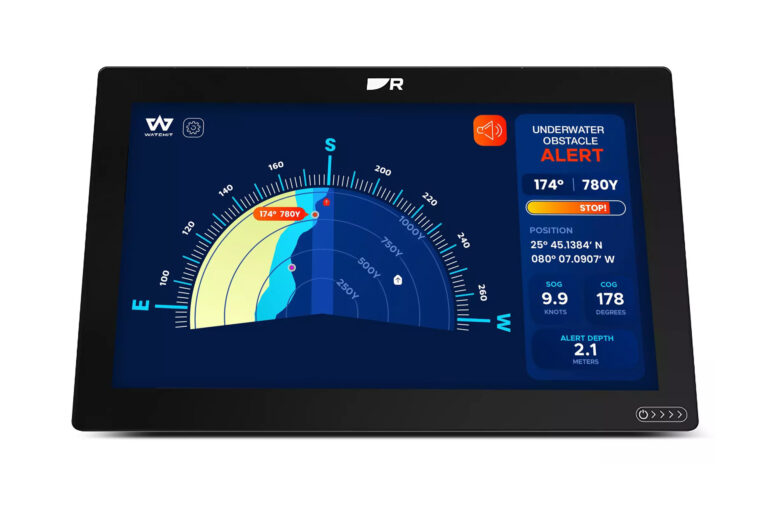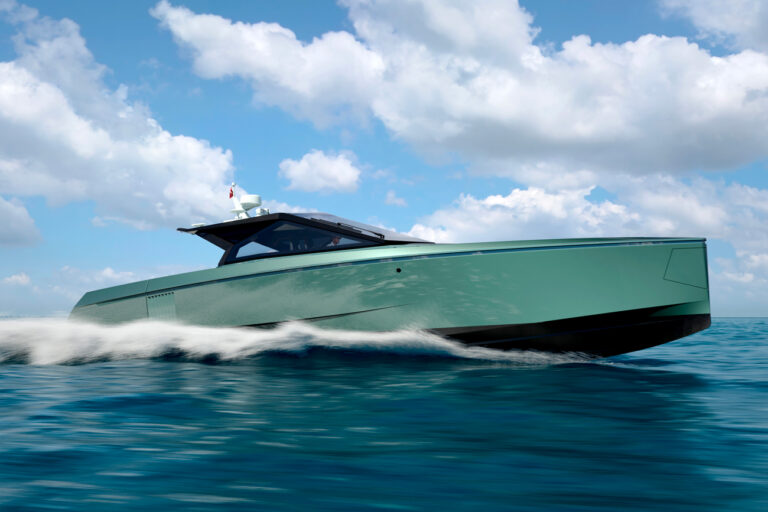DUDE may spawn an “oh, no” chuckle from some folks, but the notion behind her-Doing Ultimate Design Experiments-has serious implications for boat buyers and the boating industry.
The Marine Design Resource Alliance, working with a variety of boatbuilders, hopes to broaden the use of concept boats at boat shows. Following the lead of automobile manufacturers, which for about 50 years have used concept vehicles to attract audiences and test the public’s reactions, the MDRA hopes to attract uncommitted wannabe boaters to the shows, then convert them to owners.
DUDE is the latest example of bait. This handsome, innovative 27-footer is the result of a collaboration between the MDRA and Cobalt Boats. Although she has a beam of 8 feet, 6 inches, rides on a V-hull and is powered by a Volvo Penta sterndrive, she has taken two giant steps away from the normal “adapt and modify” approach to new boats. Cobalt will use this concept boat to explore the acceptance of a boat as “equipment owned” rather than as a “trophy possessed.” The company’s goal is to appeal to a group of consumers who place more importance on usage than on ownership.
Designer Peter Granata penned the boat’s organic lines. “Organic” is a good single-word description of DUDE because her many hills and valleys give the impression of life. As stylish as the boat is, most of what’s there is useful. The arch is the most obvious. Looking a little like an elegant basket handle, the arch anchors the bimini top. This feature has already made its debut on the Cobalt 262. The egg-shape pods port and starboard in the cockpit are stowage compartments-“sport trunks,” in DUDE-speak. The lids hinge outboard, and both trunks are within easy reach of swimmers, divers and wake-boarders on the high-low adjustable “activity deck.” Granata and crew moved the sunning area to the foredeck, to separate it from the active end of the boat.
Small details do as much to define this boat as do the most obvious broad strokes. A pair of slightly recessed pads flanks the teak walkway to the anchor and line stowage in the forepeak. Flat pads would do, if the designer didn’t care about the comfort of DUDE’s passengers. A tray with drink holders and an ice chest are under a fold-over part of the walkway. Stowage bins beneath the sunpads swallow stores and gear.
“Walk-overs” to the bow and activity deck aft let the designers provide more seating width and generally larger accommodations than would have been possible if they had drawn the common “walk-throughs.”
DUDE has a marvelous profile, which takes a number of design cues from automotive trends. A handrail on each side of the accommodations arcs from the foredeck to the transom in a line reminiscent of the Aston Martin DB7 Vantage coupe from the A-pillar aft. Unlike its automotive equivalent, which serves as a cap atop the main structure, the arc of the handrails is one of three ellipses that define DUDE’s profile. The smallest of the three nestles into the after apex of the handrail and deck line. A panel of gray paint on the topsides forms the largest ellipse. The effect is stunning in profile, even as you view it from angles other than 90 degrees to the boat.
Color also plays an important role in DUDE’s overall appearance. Gray and white with yellow highlights is easy on the eyes and falls into line with the color schemes shown on a variety of sporting automobiles. I can’t predict the effect of other color combinations, but the current scheme will grow stale to observers in a year or two. I’ve seen this happen to a number of production cars that took their colors and trim cues from concept cars. In any case, the owners no doubt will love it for the duration of their ownership.
I applaud MDRA and Cobalt for making this effort, and I wish them the best of luck in their effort to coax other players out of the box and into the future.
MDRA, Peter C. Granata, (843) 681-5688; fax (843) 681-3935. Cobalt Boats, (316) 325-2653; fax (316) 325-2361; www.cobaltboats.com.

